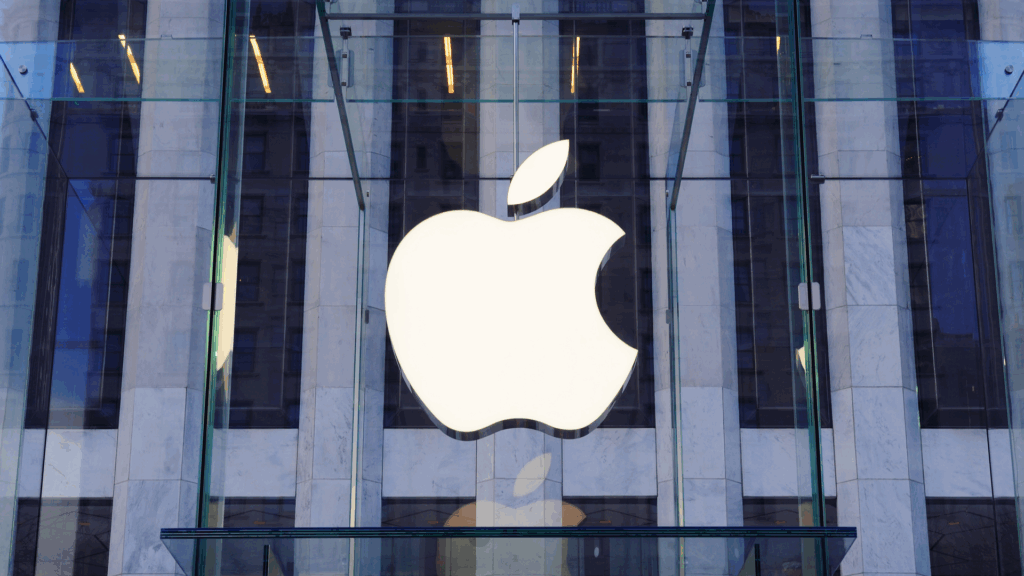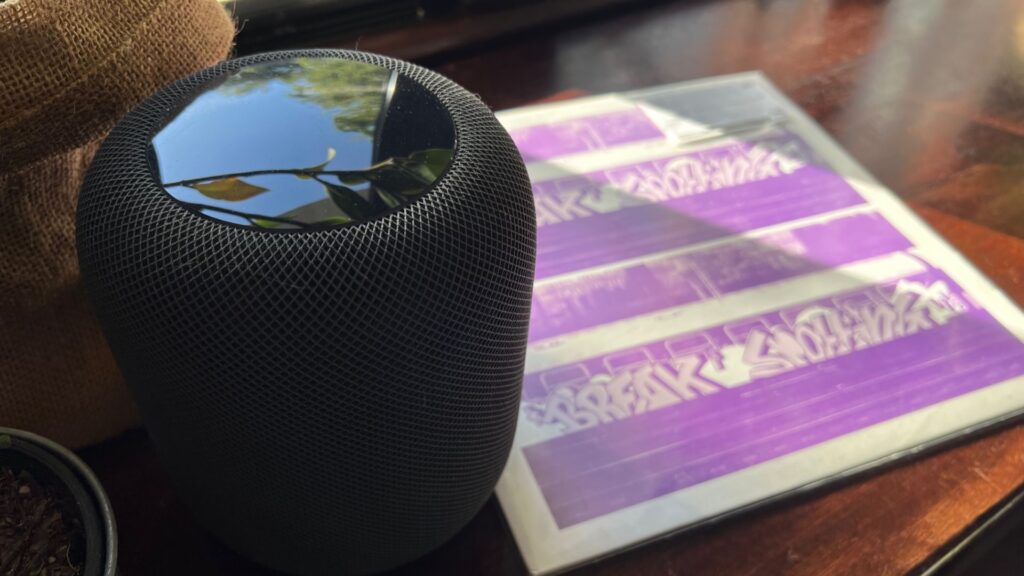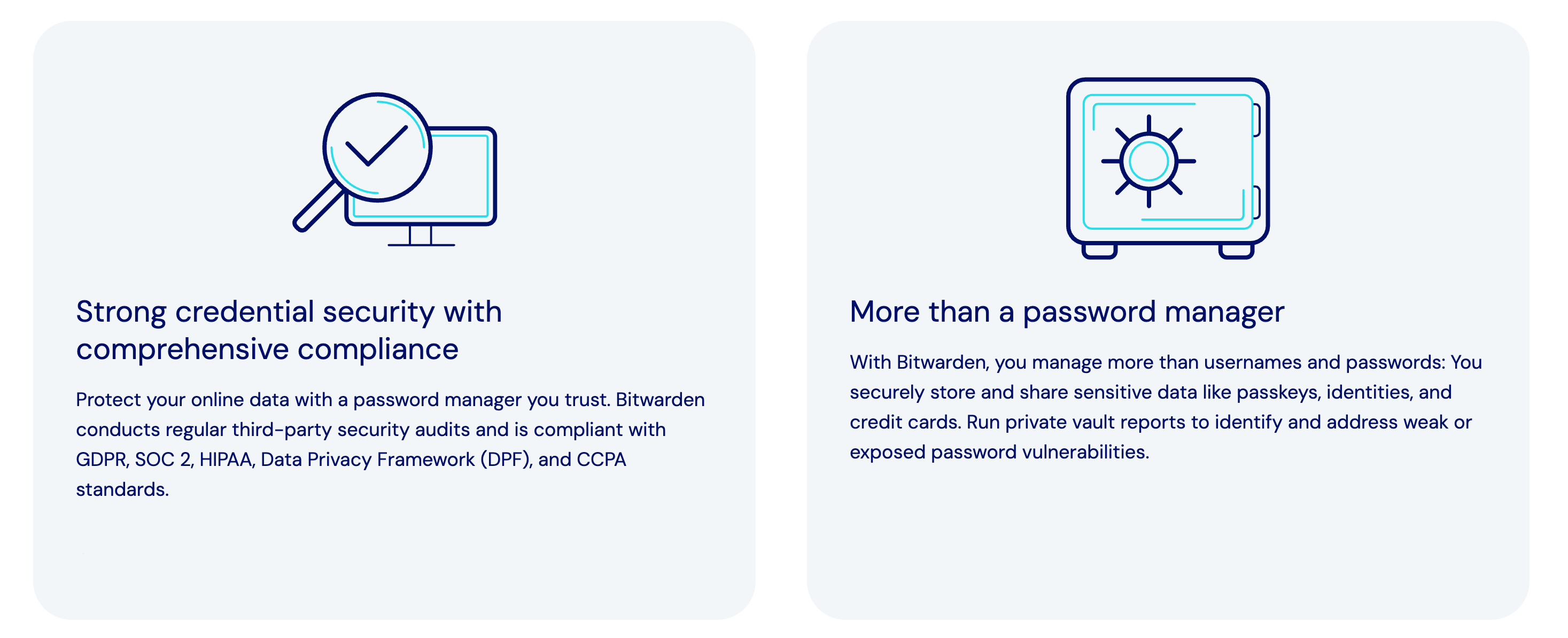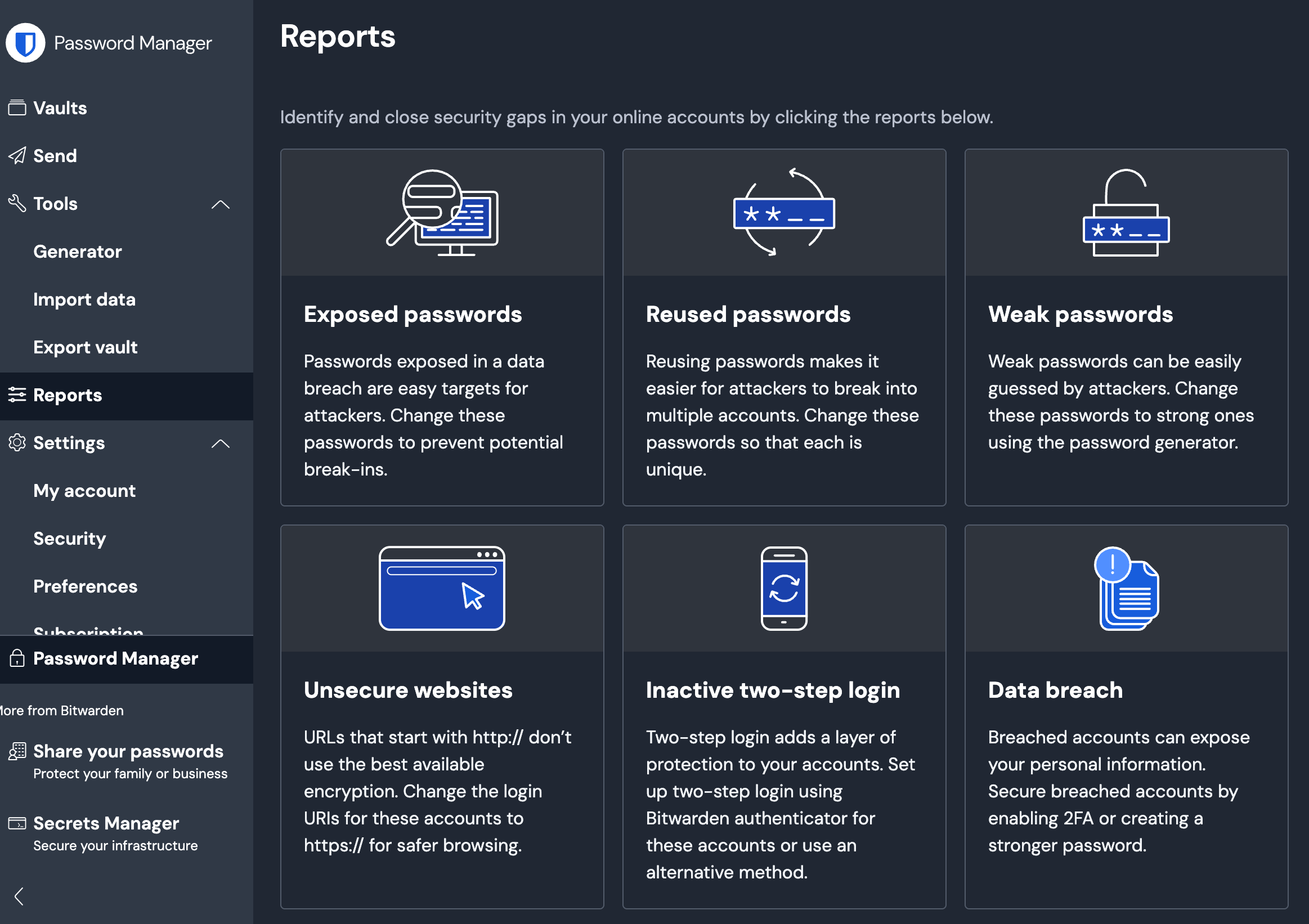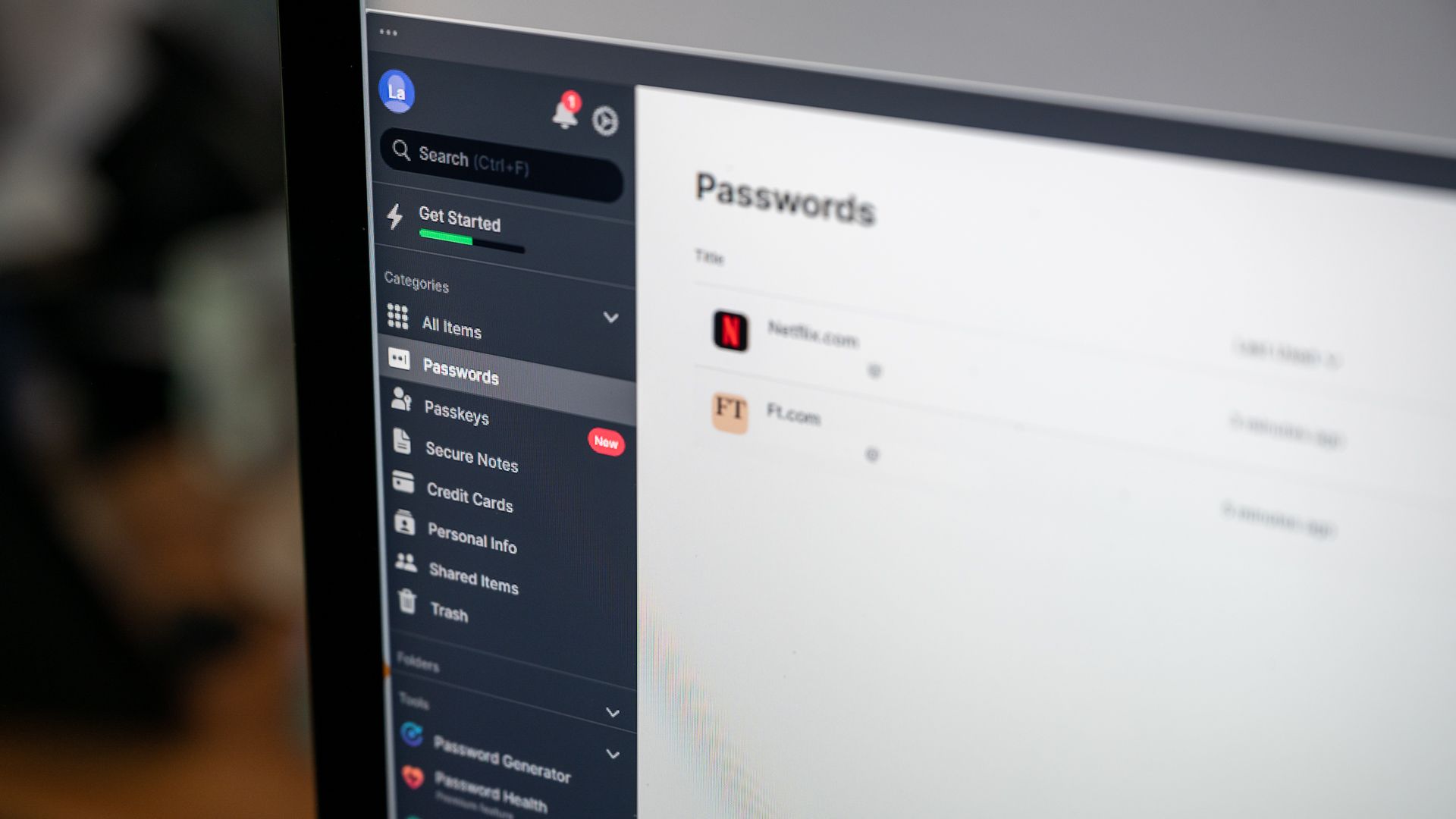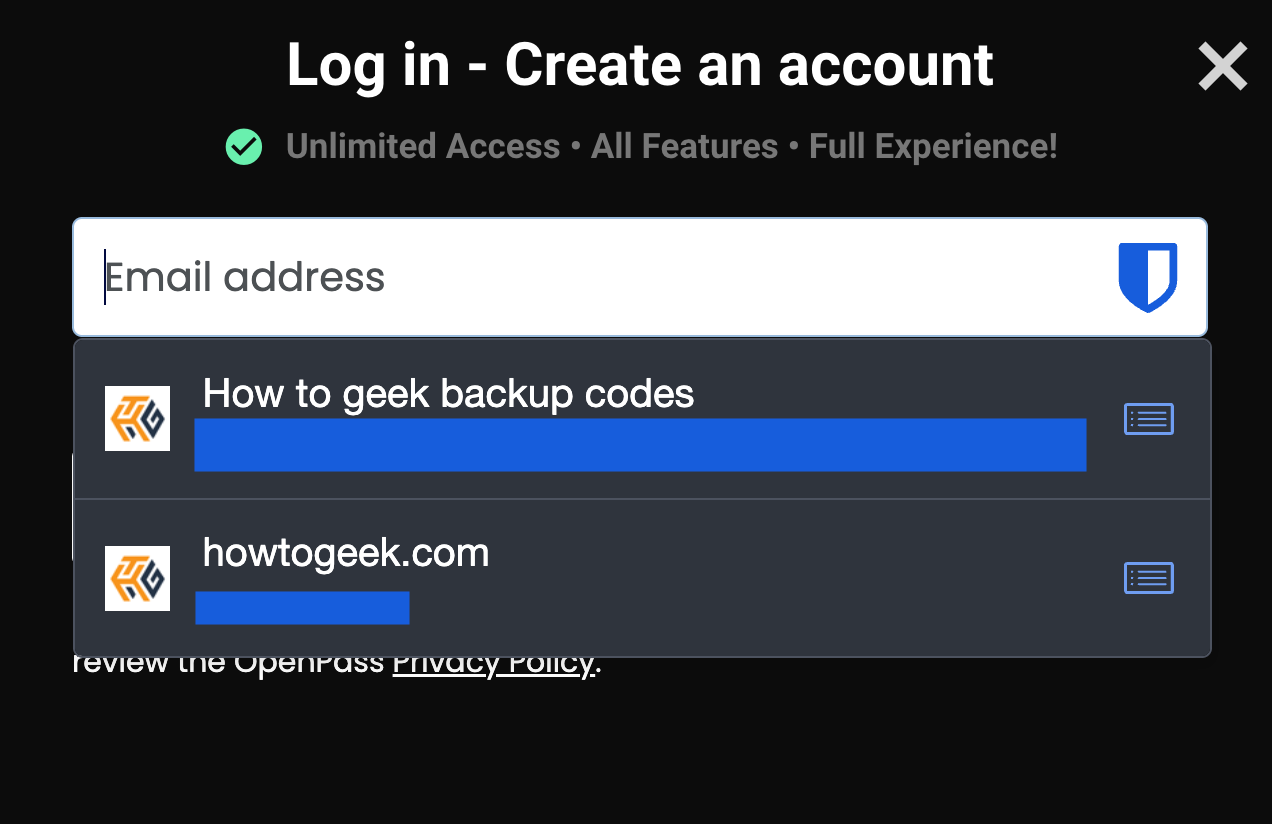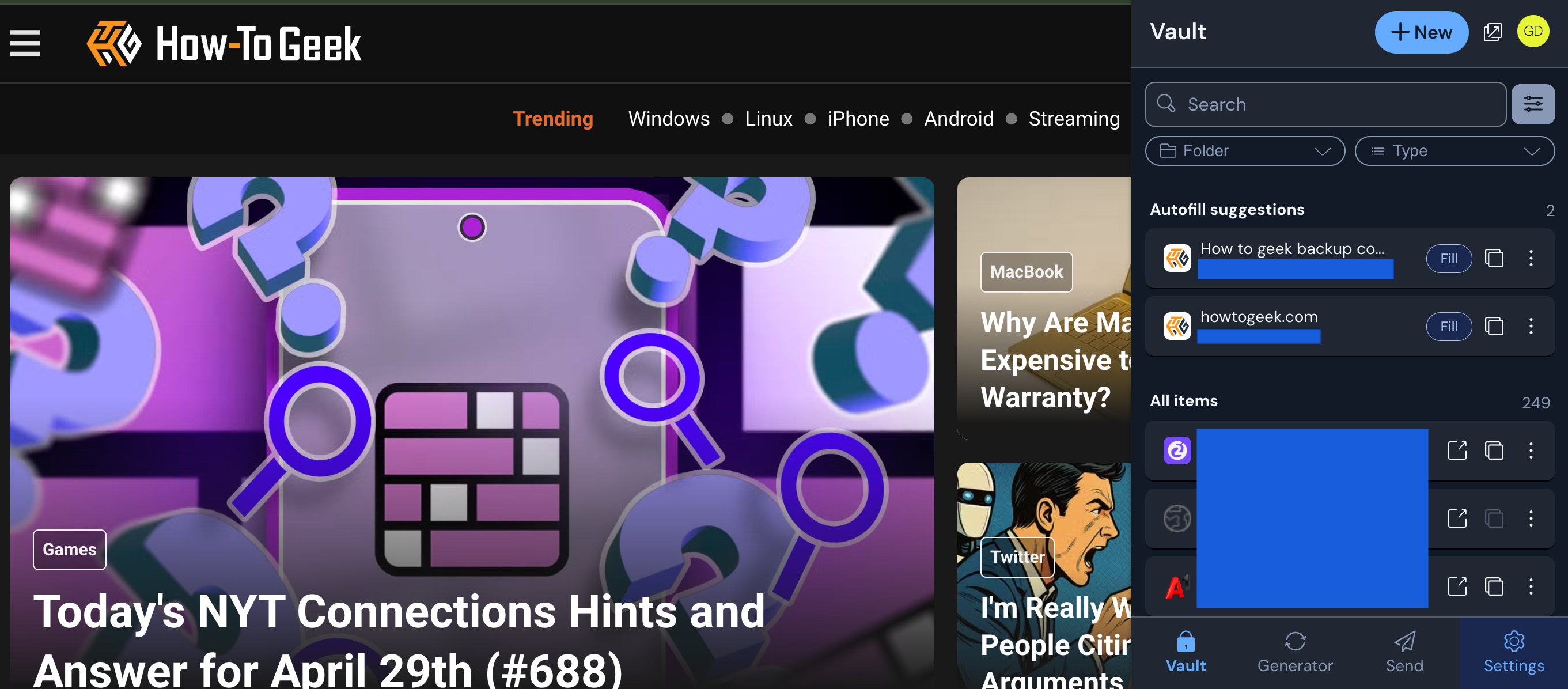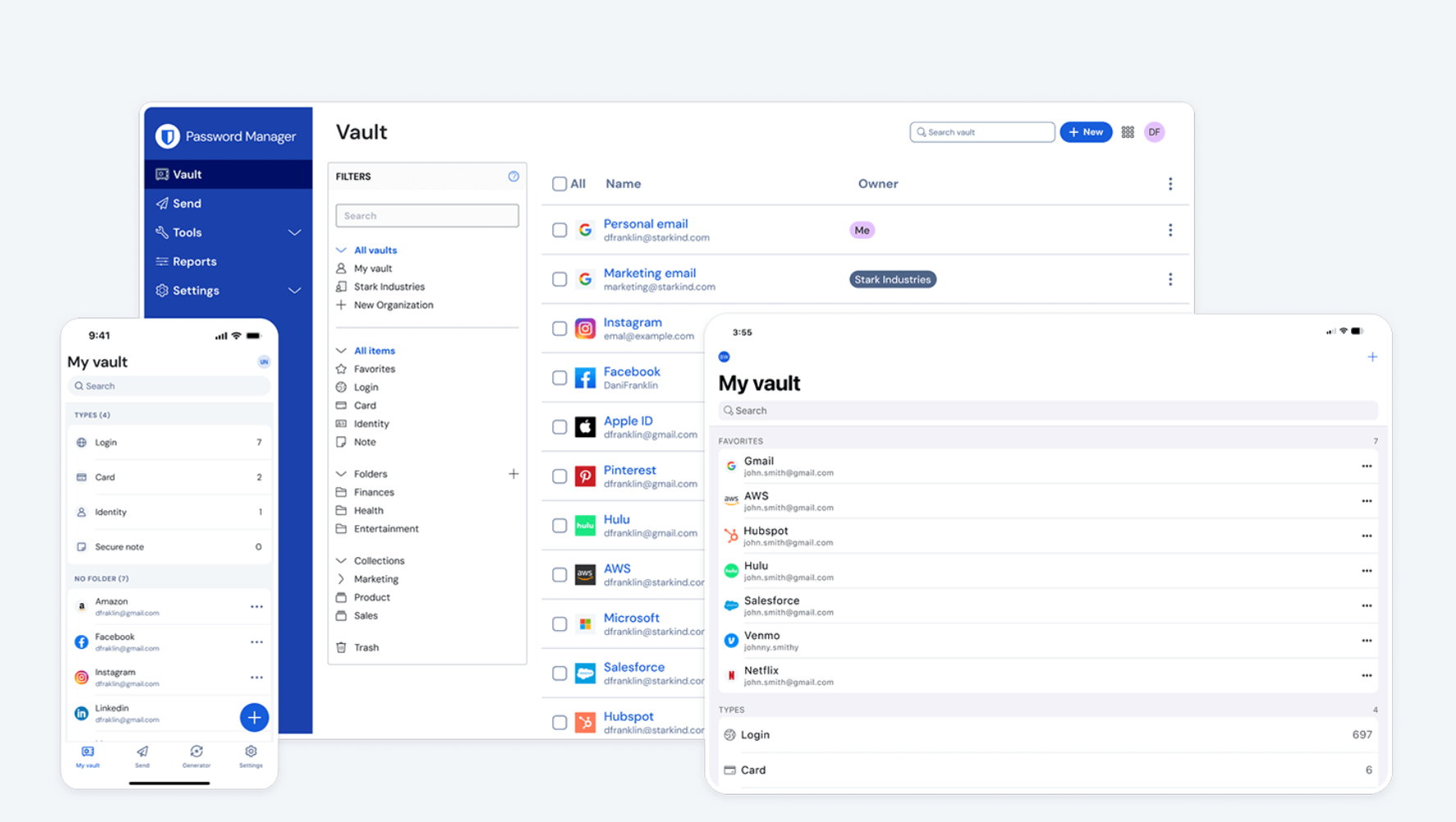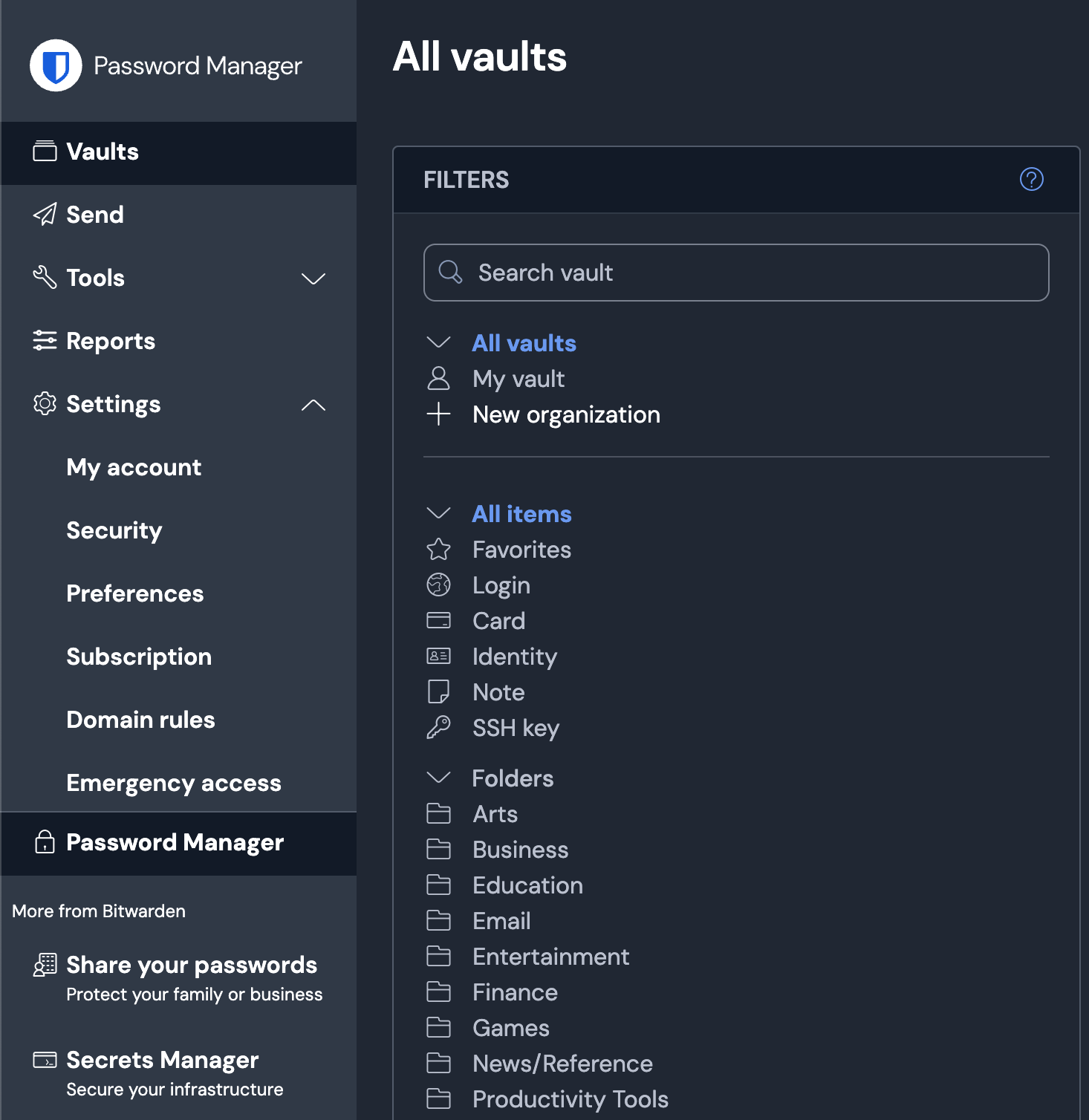Why I Use Bitwarden
Quick Links
-
Only I Have Access to My Passwords
-
The Free Version Gives Me Every Feature I Need
-
It Works Perfectly on All My Devices
-
I Love Its Design and UI
I’ve been using password managers for a decade or so, with Bitwarden being my go-to password manager since 2021. I love it, and I don’t plan to switch anytime soon. Here’s why.

Only I Have Access to My Passwords
I had originally used LastPass, but after the company’s announcement that it would remove cross-device syncing from its free tier, followed by reports about the LastPass mobile app hiding fishy trackers up its sleeve, I started perusing alternatives. Good thing I bailed before that 2022 security breach when a hacker stole customer personal info such as names, emails, phone numbers, IP addresses, and more.
The main reason why Bitwarden piqued my interest was its open-source background coupled with the fact the service uses zero-knowledge encryption.
While zero-knowledge setup is present in many other solutions and while Bitwarden isn’t the only open-source password manager around, the fact that its free tier offers a ton of features and has everything I’m looking for in a password manager won me over in an instant.
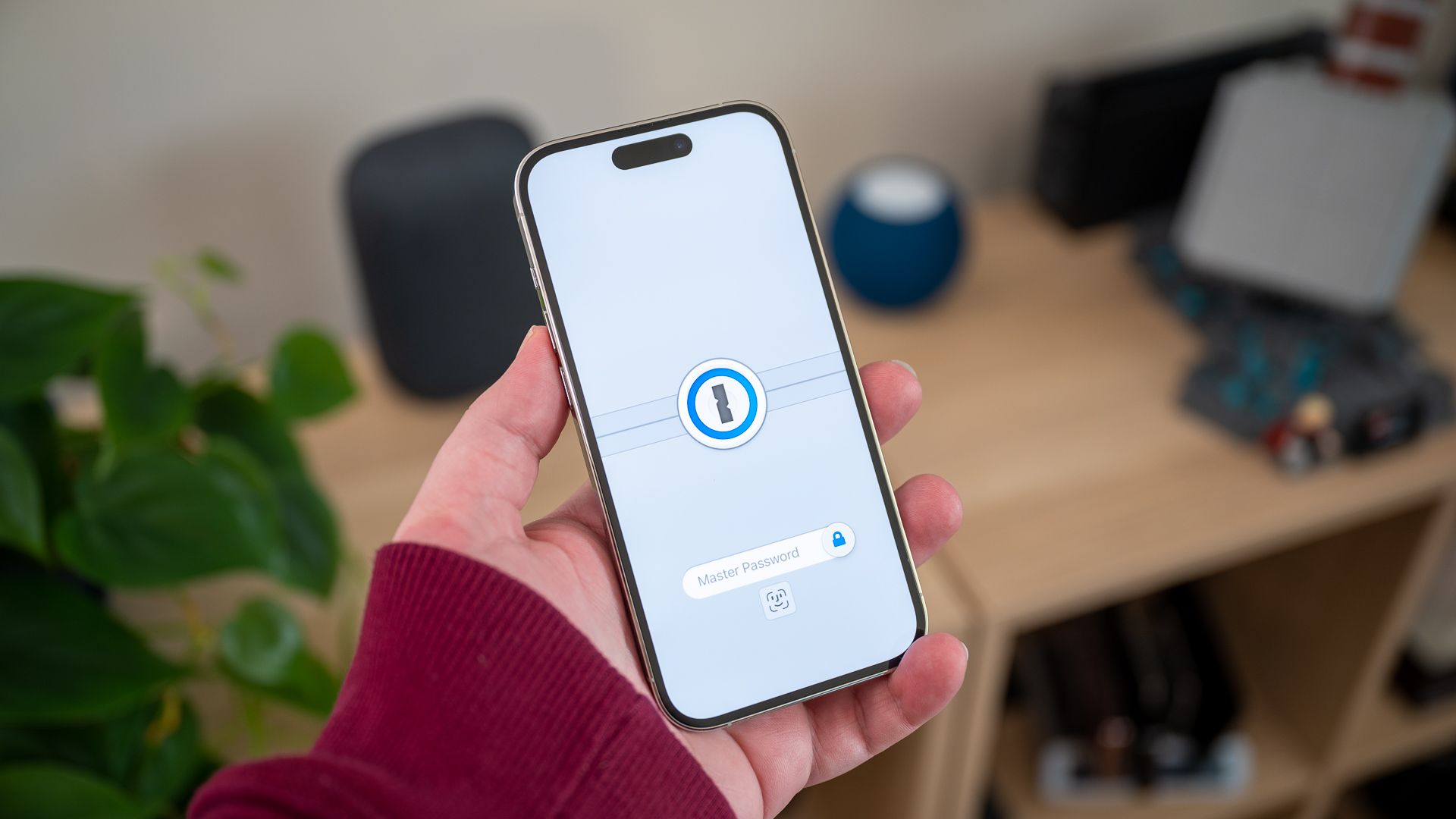
Related
Why You Should Use a Password Manager, and How to Get Started
You should be using a password manager. The alternative is remembering a long list of strong, complicated passwords.
The Free Version Gives Me Every Feature I Need
Bitwarden’s free tier is generous. While your mileage may vary, the free tier offers every feature I might need in a password manager. You’ve got support for unlimited devices, which is great because I’m using Bitwarden on all my computers (two handhelds, one desktop PC, and a Mac Mini), passkey and credit card support, and more.
The feature from Bitwarden’s premium tier that intrigued me the most was an integrated 2FA authenticator, but since I was using a different 2FA app before Bitwarden, I didn’t really need it. That said, the annual price of just $10 was low enough to subscribe on a whim to support the developers, and I’ve been a Premium subscriber for almost a year now.
While I’m not using the 2FA feature, I do find various vault reports available to premium users, informing you about weak passwords in your vault, or if any of your passwords were exposed in a data breach, quite handy. I just wish Bitwarden would enable this feature for free users as well.
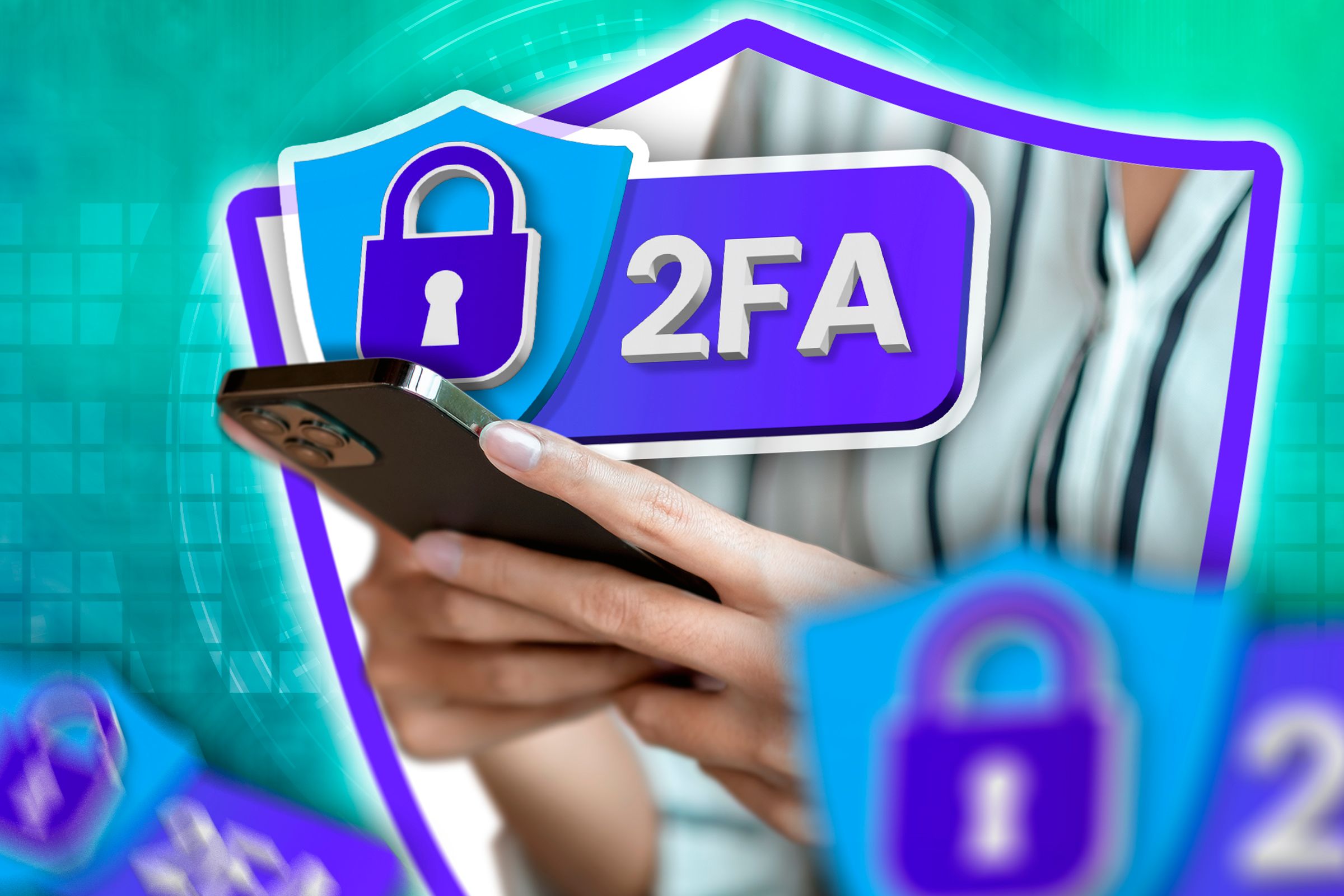
Related
7 Accounts You Must Always Protect With Two-Factor Authentication
Shield your account from hackers!
It Works Perfectly on All My Devices
Bitwarden has been working great on all my devices without even a single instance where it bugged out, had issues with logging me in, or stopped working. My main way of using Bitwarden is as a browser extension, which functions flawlessly on Firefox and Chrome. The good news is that Bitwarden also supports Brave, Vivaldi, Edge, Safari, Tor, DuckDuckGo, and Opera browsers, which pretty much covers all the bases.
The Android app also works flawlessly, and all you iOS users are covered as well. I remember that the LastPass Android app had lots of issues with autofill popups—which might be Google Chrome’s fault, to be honest. It was so annoying to have to open the app and manually copy and paste login credentials, but Bitwarden is a champ in this department. Since I started using Bitwarden, I have only experienced autofill issues with certain apps that are buggy in general.
Bitwarden’s browser extensions for Chrome and Firefox also work well. Autofill popups are instant. Editing credentials is simple and easy to access, and even though I find it a tad annoying, the browser extension locking your vault each time you close the browser by default is a good thing.
You can change the vault lock behavior in options in a few seconds, making it nothing more than a slight nuisance. If you own a device with a fingerprint sensor, a laptop, for instance, you can unlock the vault with biometrics in an instant, and not compromise your security by disabling vault lock completely like I did.
I Love Its Design and UI
I liked Bitwarden’s old UI but had issues with the browser extension’s buttons being too small, which made it tricky to use on handheld PCs. The updated UI design that rolled out to the browser extensions solved that issue.
Elements are larger now, making the extension work much better with touch-screen devices. That’s quite important to me since I use it on my Steam Deck and ASUS ROG Ally because I don’t want to type passwords on my handheld PCs; I just want to autofill them with as few taps as possible.
Before the UI update, using Bitwarden in a browser on a touch-screen device was a bit tricky because the UI elements and the popup window that opens when you click the extension icon were too small for comfort. But now that that’s solved, I don’t really have any negative things to say about the UI.
Filling credentials is also straightforward in cases when Bitwarden doesn’t have a URL of the service saved. A couple of clicks and a few keyboard hits do the job. I can fill in credentials straight from the search list instead of having to click on a result to open an autofill item, and only then being able to copy credentials. What I don’t like is that, sometimes, I’m not offered every choice for websites where I have multiple accounts.
I can also pop out the extension in a new window with a single click, right from the extension’s home screen. I don’t really use this feature on macOS, but on Windows, this is a godsend because of annoying game launchers, half of which constantly nag me to log in even though I always click the “keep me logged in” button (looking at you EA app and Ubisoft Connect, or whatever you’re called at the moment).
The Bitwarden Android app works great as well. It’s fast, works without hiccups, is super stable, and doesn’t bug out when you need it most. It features a simple design language, has a great-looking dark mode, and has never “forgotten” to offer me verification via fingerprint (it’s so annoying when a mobile app that supports it doesn’t show you biometric verification, and then you have to type your password like some caveman).
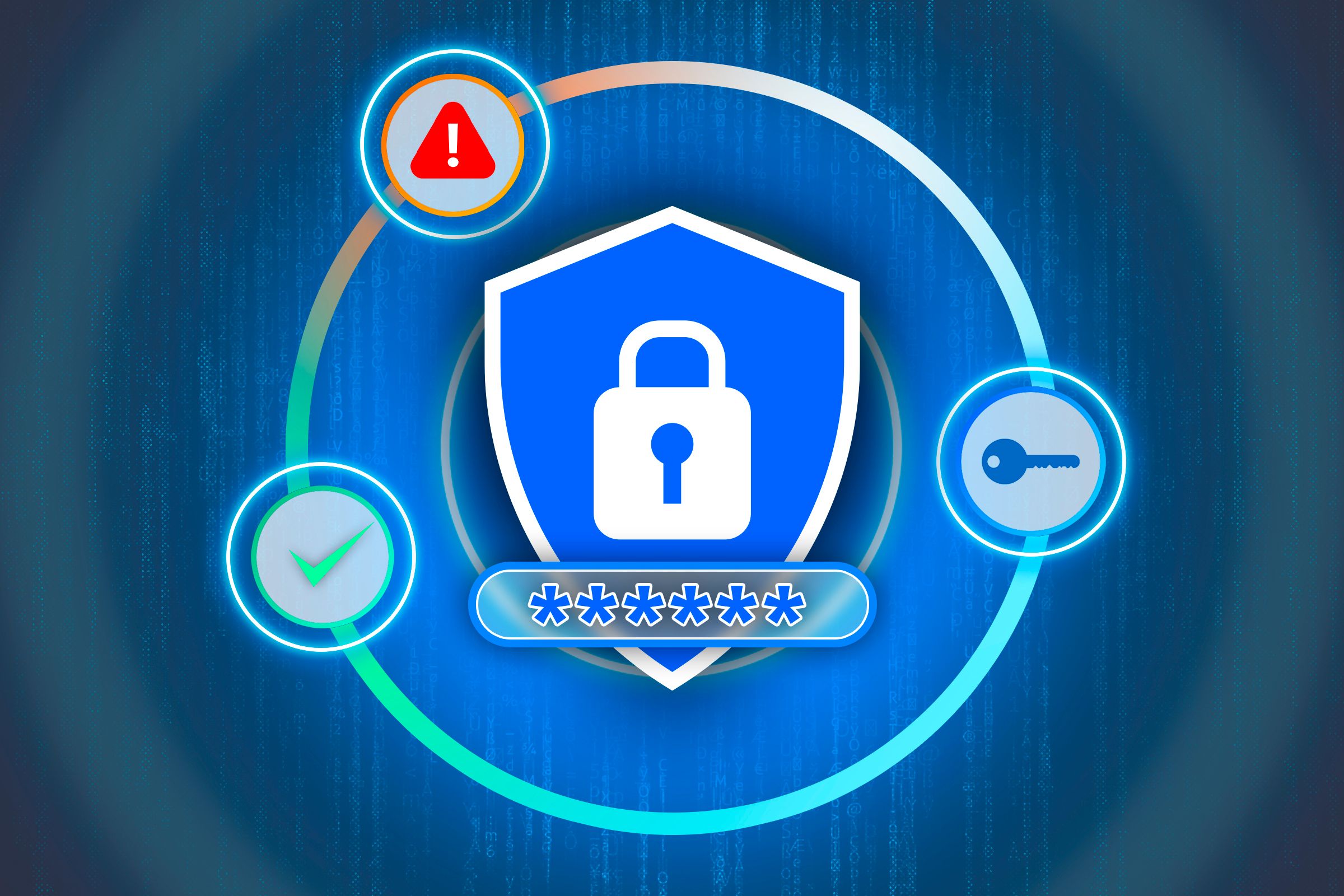
Related
4 Factors You Must Consider When Choosing a Password Manager
Password managers are vital to your online security, but how do you pick the right one for you?
As for the macOS app, I had only used it for a couple of days before realizing that I prefer the browser extension, but I can say that it worked fine for what it is. That said, in this day and age, I don’t have any reason to use my password manager as a standalone macOS or Windows app, but your mileage may vary. Bitwarden is available as a standalone app for Linux too. It supports pretty much every distro, and you can select between various installation packages (Flatpak, Snap, AppImage, DEB, RPM).
Bitwarden’s open-source, implements zero-knowledge encryption, its free tier offers everything a regular user might need, its Premium tier is extremely affordable, the platform works great in every form it’s available, it looks good and is straightforward to use, and it’s my favorite password manager. I don’t think I will switch to another solution anytime soon.

Bitwarden Password Manager
See at Bitwarden




